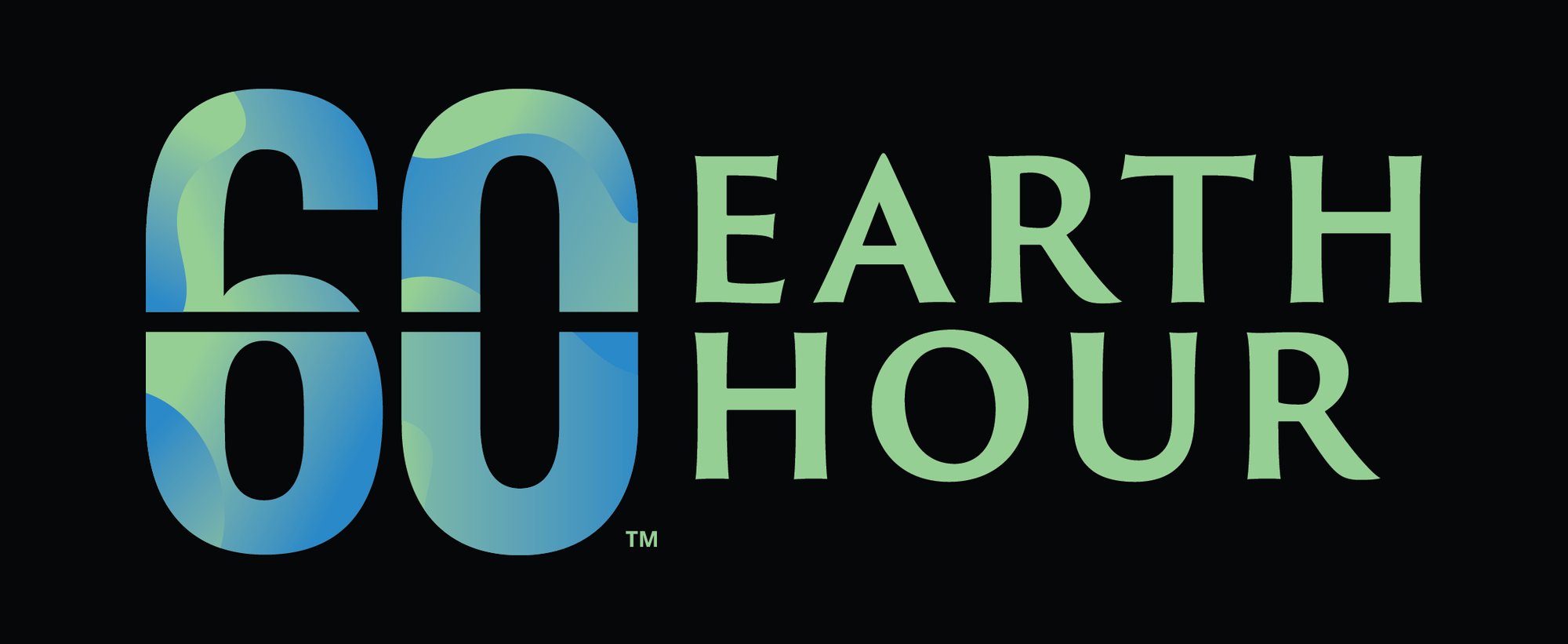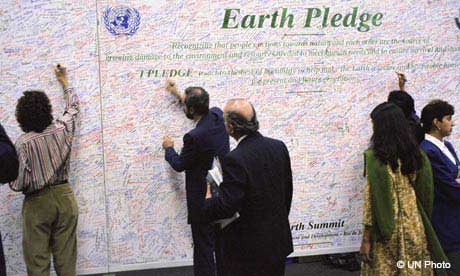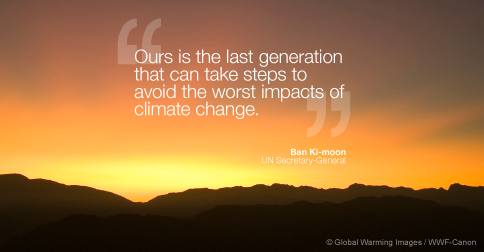
Do you suddenly feel like the media is abuzz with words like COP21, climate finance, green economy and you can’t really make sense of it all? Have no fear, the Earth Hour Guide to COP is here.
As the Paris summit draws closer, we will be putting together bite-sized information on the COP, the challenges, the key actors and the role YOU play as citizens of the world. To get started, here are ten quick and easy facts to help you to show off your COP savvy.
- Origin of the word ‘COP’? COP comes from the word ‘Conference of the Parties’ - the 196 states and regional organizations party to the first-ever and motherboard of international agreements on climate change, the UN Framework Convention on Climate Change (UNFCCC).
- Where was COP1? The first COP was held in Berlin in 1995, the year after the UNFCCC came into force and three years after it was agreed upon at the Earth Summit in Rio in 1992.
- What’s the Kyoto Protocol? The Kyoto Protocol, currently the world’s only legally binding climate deal that one hears about so often, was signed at COP3 in 1997 in Kyoto, Japan.
- Is the Kyoto Protocol for all countries? Based on the concept of ‘common but differentiated responsibility’, the Kyoto Protocol places targets on emissions for developed countries only (and that is only if you are party to and accept the protocol - you can also opt out, like Canada has done). At the time, these countries were amongst the biggest emitters but today the Kyoto Protocol covers only 11% of global emissions, leaving out critical actors like India, China and the US (which has not ratified the protocol).
- Does the Kyoto Protocol have an end-date? The targets under the Kyoto Protocol expires in 2020 - just five years from now. In the meantime, emissions, carbon pollution and of course, global temperatures continue to rise. For example, did you know 2014 was the hottest year on record in 135 years of record keeping?
- Why the urgency around Paris? The shift and growth in emissions explain the urgency that surrounds the upcoming COP21 in Paris. It is time the world agrees upon a universal climate agreement to ensure we steer the planet away from a course of unprecedented climate catastrophe.
- Who will be there? COP21 is slated to be the world’s largest climate conference ever, with 50,000 delegates expected to converge in the French capital between 30th November and 11th December 2015.
- Are the expectations too high? The truth is we are in a better place than ever before with remarkable progress (and consensus) made in recent years on climate science, a greener economy, climate action and private sector involvement. In fact, the science supporting climate action has now also received moral backing from the Pope himself!
- So a deal is certain? This is not the time to become complacent. Climate finance, technology transfers and global consensus are still contentious issues even after months and months of negotiations, as we have seen in build-up climate talks held in Geneva and Bonn earlier this year.
- Is there a the key to success? To succeed, we need ambition. Ambition from countries to set significant climate plans (Intended Nationally Determined Contributions or INDCs) that will help steer the planet away from a 2C temperature rise. We need ambition from world leaders to pave the way for climate history, and ambition from businesses to create innovative public-private partnerships that can tackle climate change. We also need ambition from individuals, to realize that each of us has the power to help change climate change.
The future starts here and it starts now. Be ambitious and use your power today to help us change climate change at COP21! Get your leader to support unprecedented climate action by adding your voice at tweetyourleader.org.


